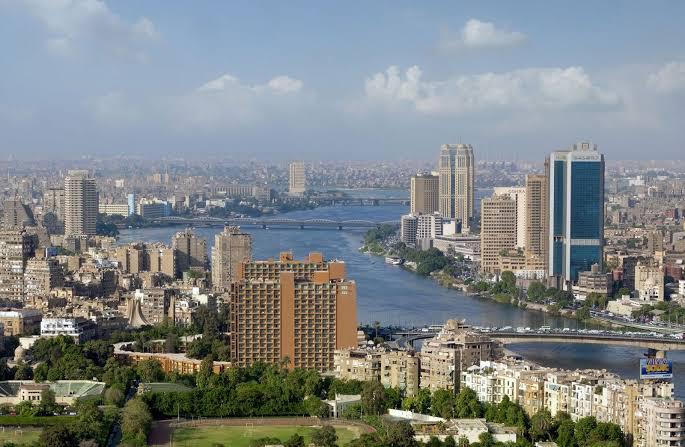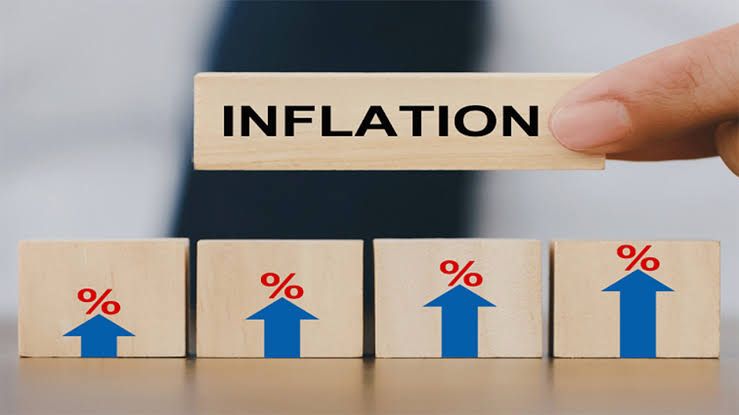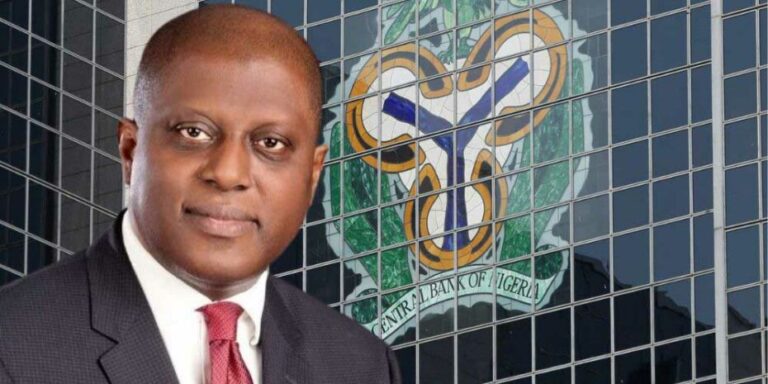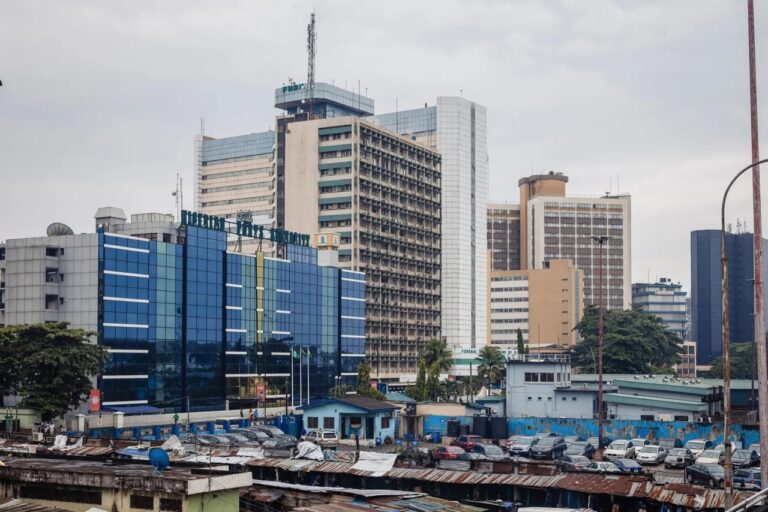By: ThinkBusiness Africa
The Bank of Ghana (BoG) delivered a powerful signal of confidence in the nation’s economic recovery, slashing its benchmark Monetary Policy Rate (MPR) by an aggressive 350 basis points (bps) to 18.0% on Wednesday.
This is the central bank’s third consecutive steep rate cut this year and comes as Ghana’s disinflation process has exceeded expectations, placing the policy rate firmly in an easing cycle designed to stimulate credit expansion and boost economic growth.
Ghana’s Monetary Policy Committee (MPC) decision was primarily driven by the sustained and sharp decline in consumer inflation. Ghana’s annual inflation peaked at 54% in January 2023,and dropped to a four-year low of 8.0% in October 2025, hitting the precise mid-point of the central bank’s medium-term target band of 6%-10%.
Bank of Ghana Governor Johnson Asiama confirmed the optimistic outlook, stating that the significant fall in inflation and a stable external sector provided the necessary scope for an aggressive pivot from a tightening to an easing stance.
“In taking the policy decision, the view of the Monetary Policy Committee was that overall, macroeconomic conditions have broadly improved, given the anticipated significant decline in inflation,” Governor Asiama stated.

Since July 2025, the BoG has now reduced the MPR by a cumulative 1,000 basis points, unwinding a period of historically high rates used to combat the surging inflation of previous years.
In September, (BOG) slashed the interest rate by a record 350 bps from 25% to 21.5%, complemented by the recent 350 bps reduction to 18.0% in November.
The reduction in the policy rate is expected to have a transformative effect on the Ghanaian business landscape, which has been grappling with punitive borrowing costs for over two years.
This latest MPR cut effect is anticipated to decline the Average Lending Rates (ALR) charged by commercial banks. Since the policy rate is the key anchor for short-term interbank lending, its decrease puts immense pressure on banks to reduce their own Ghana Reference Rate (GRR) and ultimately their lending spreads.
Businesses will find it less costly to secure new loans for working capital, equipment purchases, and inventory financing. This eases liquidity constraints and improves cash flow management, especially for Small and Medium Enterprises (SMEs).

By encouraging lending and investment, the central bank aims to provide a robust push to the real economy. Lower rates stimulate demand and production, supporting the recent uptick in economic activity signaled by composite indices.
While the move is overwhelmingly positive for businesses, analysts caution that the full benefits may take time to materialize.
Transmissions from the policy rate to actual commercial bank lending rates can often be slow. Banks must manage their own funding costs, risk profiles (including high non-performing loans), and overheads. Banks have been urged by the Governor to quickly adjust their lending rates downward to support the monetary policy objective.













